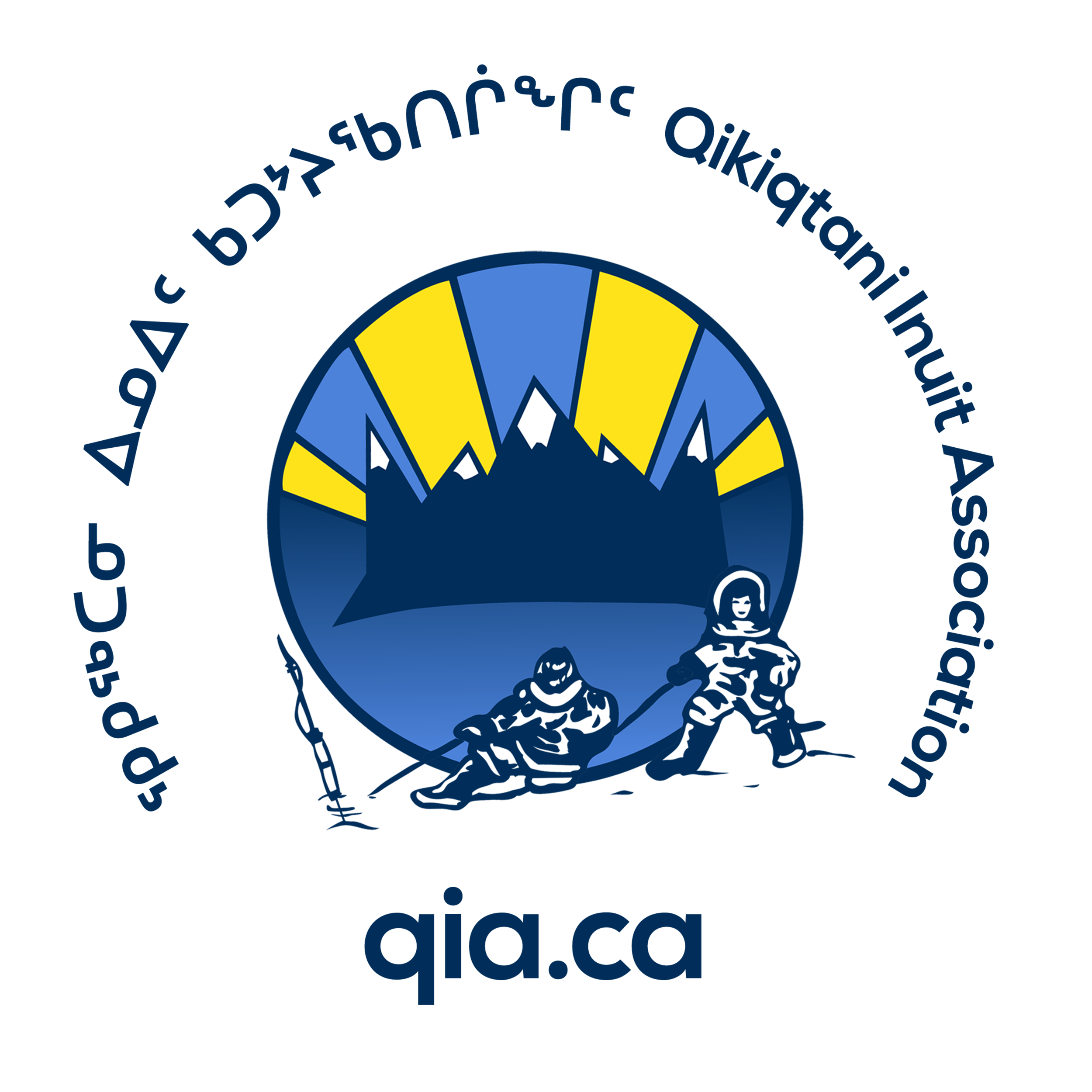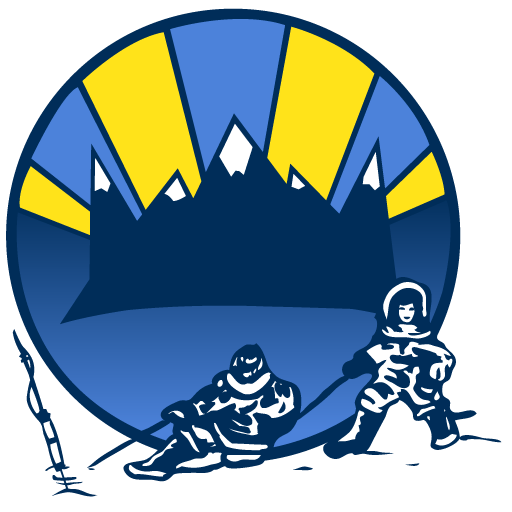QIA and Mittimatalik HTOs to monitor environmental impact of Mary River mine
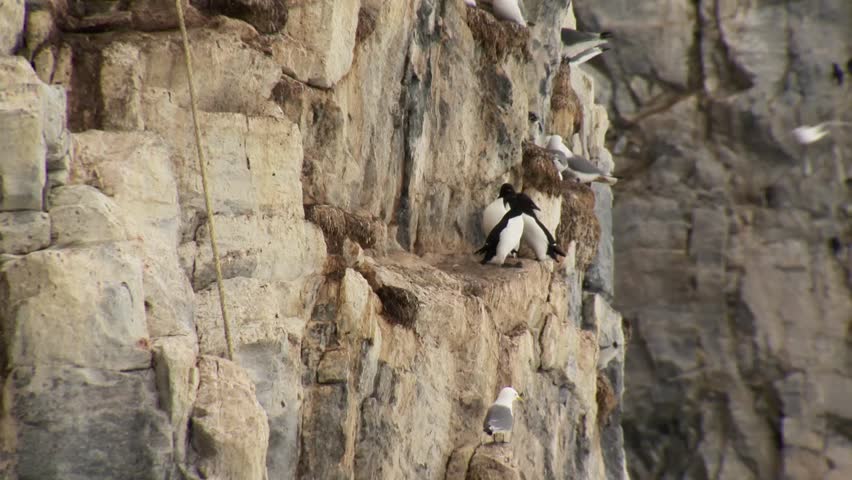
The working groups look at issues like seabird monitoring for species such as thick-billed murres.
The Terrestrial Environment Working Group and the Marine Environment Working Group who monitor the impacts of Baffinland’s Mary River Mine in North Baffin are meeting this week in Ottawa.

Bylot Island has the largest breeding colony of snow geese in the Canadian High Arctic.
The working groups look at issues like seabird monitoring for species such as thick-billed murres, black-legged kittiwake, Peregrine Falcons, snow geese and sea-ducks. Bylot Island, which lies off the northern end of Baffin Island, has the largest breeding colony of snow geese in the Canadian High Arctic.
The seabird monitoring happens all around the Mary River project area including along the road leading to the mine, around the mining site, as well as at Milne port where the ore is shipped.
The group also oversees the Narhwal Monitoring Programs at Bruce Head close to Milne Port. The monitoring takes place twice per year, once in spring just after the ice melt but before the ships arrive and once again in the summer when the ships are loading ore. The program tracks the number of marine mammals and their reaction to shipping activity.
The two environmental working groups meet two times each year to coordinate their activities. For the first time, this upcoming fall, the working groups will hold a meeting at the Mary River site so they can have a chance to see the project in operation.
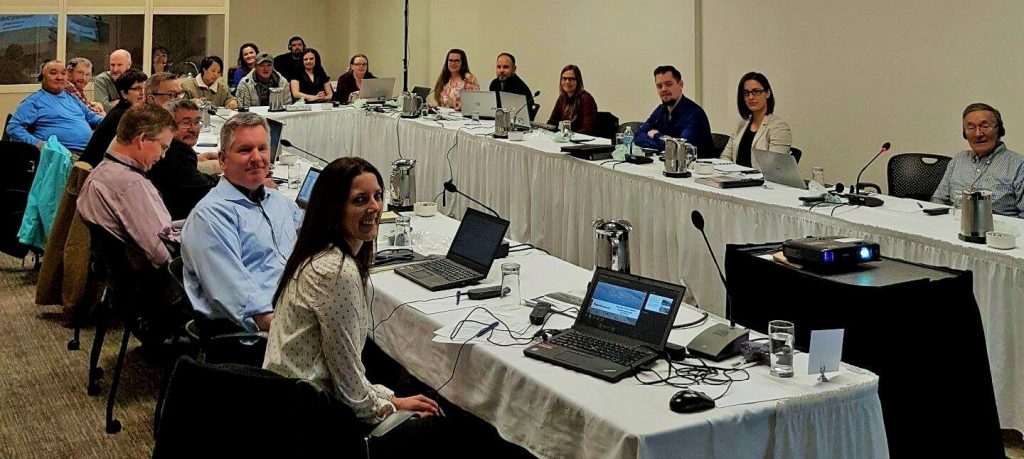
The Terrestrial Environment Working Group and the Marine Environment Working Group monitor the impacts of Baffinland’s Mary River Mine in North Baffin.
The Terrestrial Environment Working Group members include representatives from QIA, the Mittimatalik Hunters and Trappers Organization, Baffinland Iron Mines, Environment and Climate Change Canada, and the Government of Nunavut. The World Wildlife Fund – Canada has observer status.
The Marine Environment Working Group members include representatives from QIA, the Mittimatalik Hunters and Trappers Organization, Baffinland Iron Mines, Department of Fisheries and Oceans (DFO), Parks Canada, Environment and Climate Change Canada, and the Government of Nunavut. The World Wildlife Fund – Canada and Oceans North Canada have observer status.
QIA is represented at these meeting by two staff members and two technical advisors.
